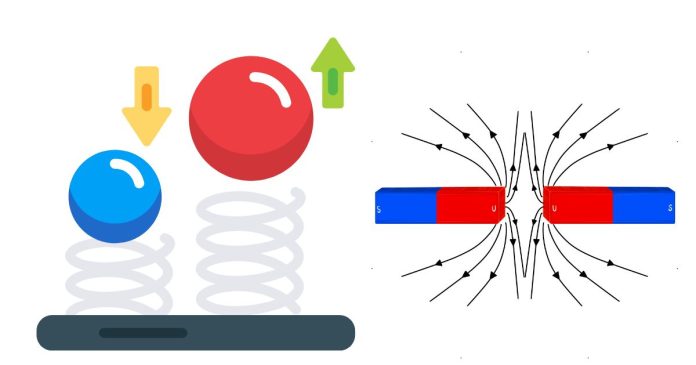What is Output Force? Understanding Its Role in Physics
In the study of physics, particularly in mechanics, understanding the concept of output force is crucial. Output force refers to the force exerted by a machine or system after it has been applied to an input force. It’s the result of the work done on an object, which can vary depending on the mechanical advantage provided by tools or machines.
What is Output Force?
Output force is the force a machine exerts on an object in response to an input force applied by a person or other external source. For example, when using a lever, the force you apply (input force) is transferred through the lever to exert a larger force (output force) on the object you’re trying to move. This force is what does the work, allowing machines to lift heavy objects with less effort.
The Role of Machines
Machines like pulleys, levers, and gears are designed to make work easier by increasing the output force, reducing the amount of input force required. For instance, in a simple pulley system, the input force (what you apply) can be much less than the output force needed to lift an object, thanks to the mechanical advantage provided by the system.
Summary
In conclusion, output force is the force a system or machine applies to move or lift an object, and it is a result of the input force applied. Machines help amplify this force, making it easier to perform tasks that would otherwise require more effort. Understanding how input and output forces work together is key to mastering physics concepts related to work, energy, and force.


